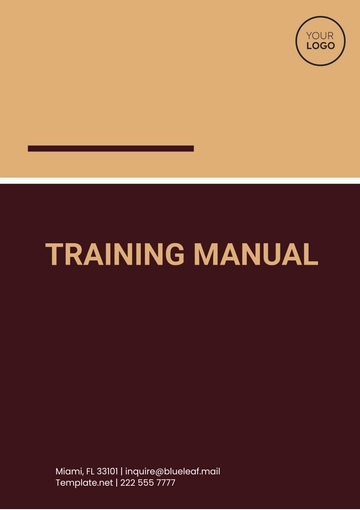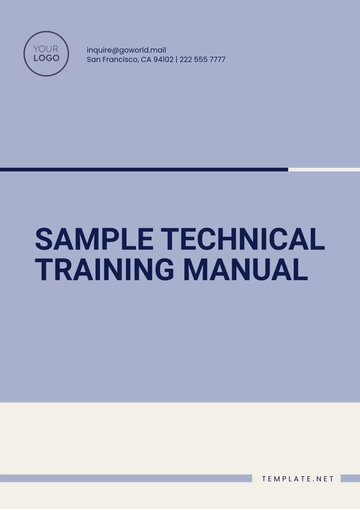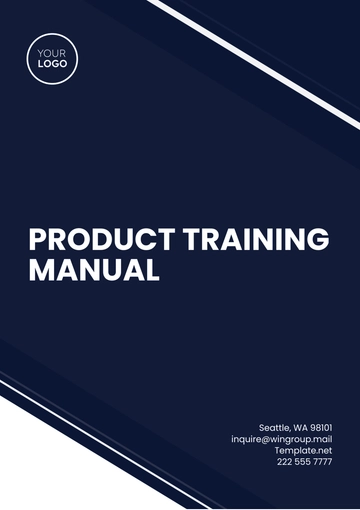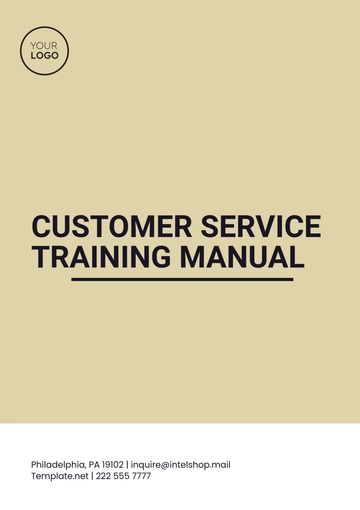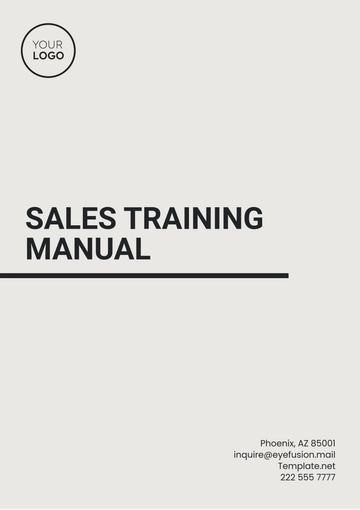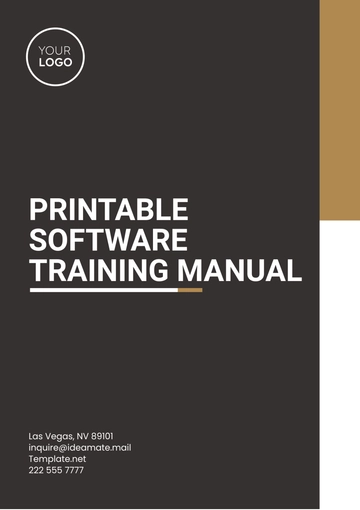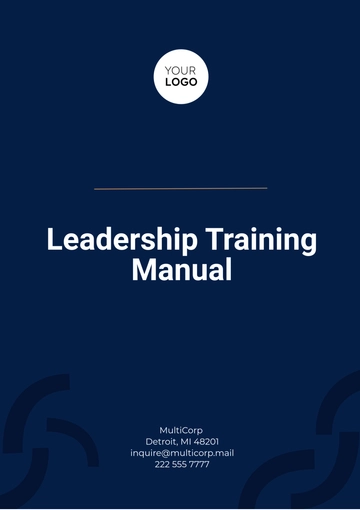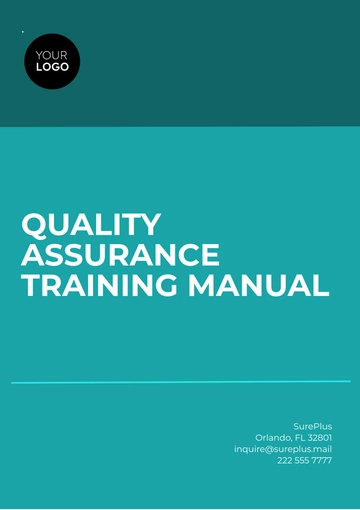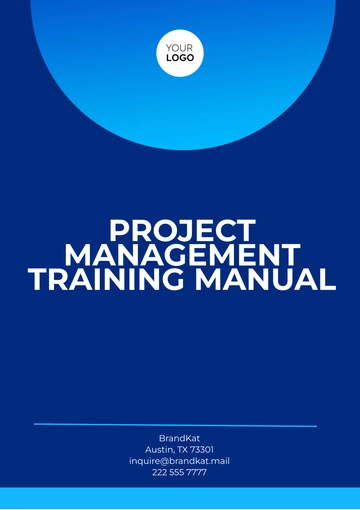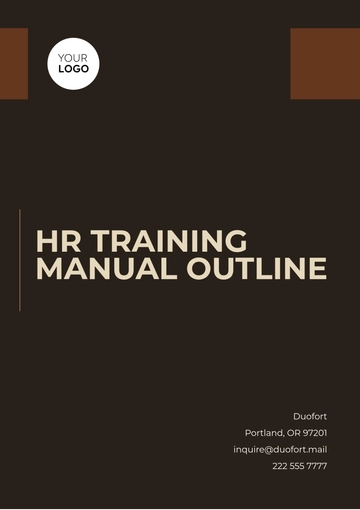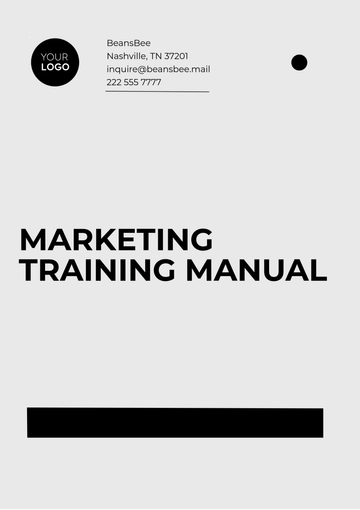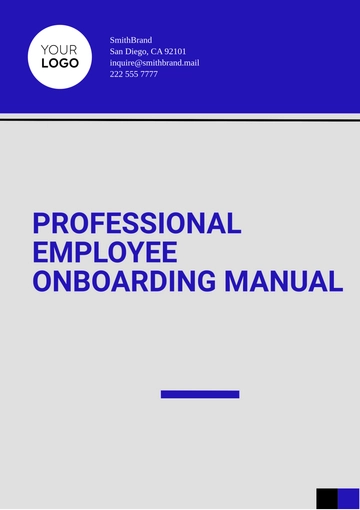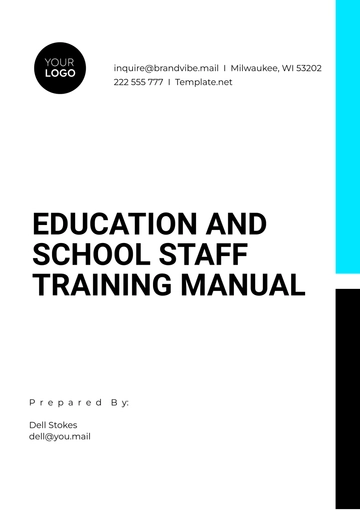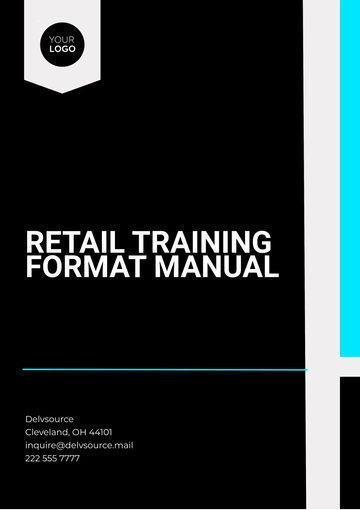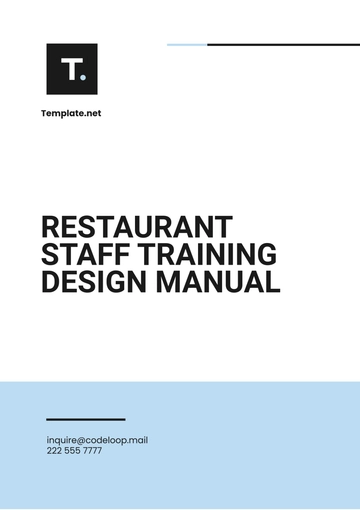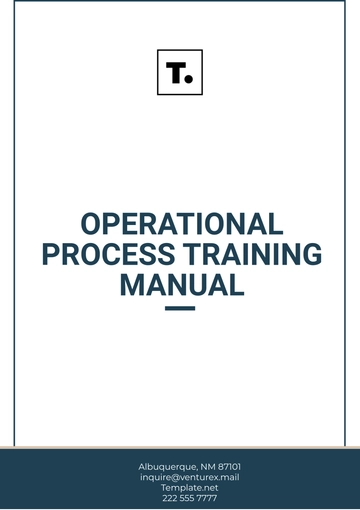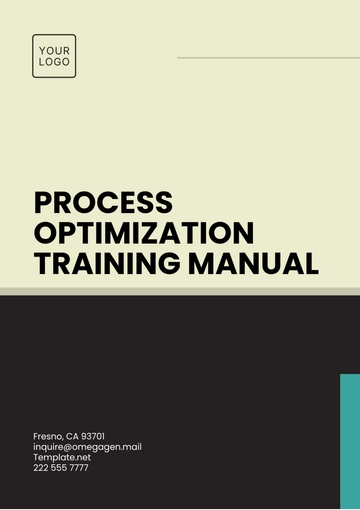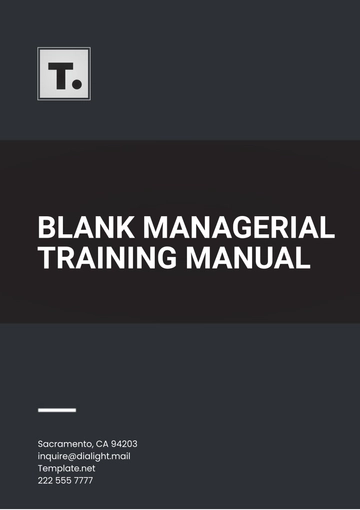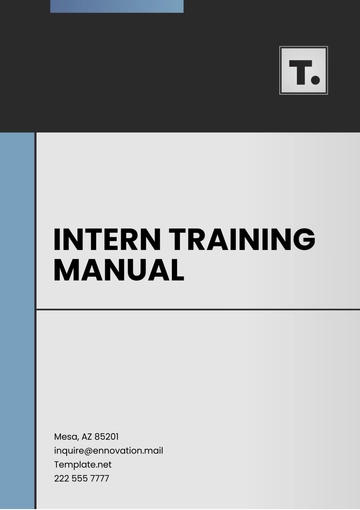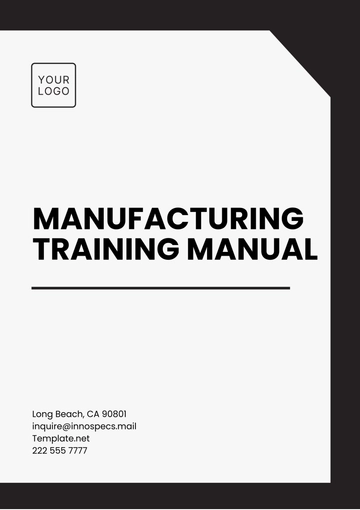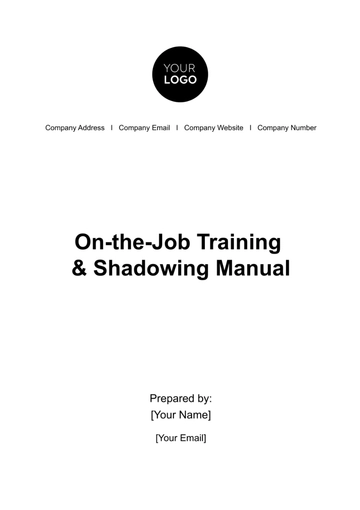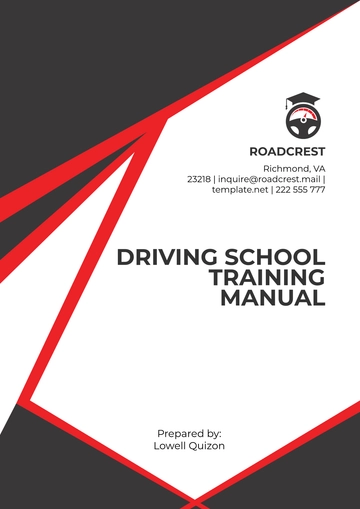Free Product Designer Training Manual
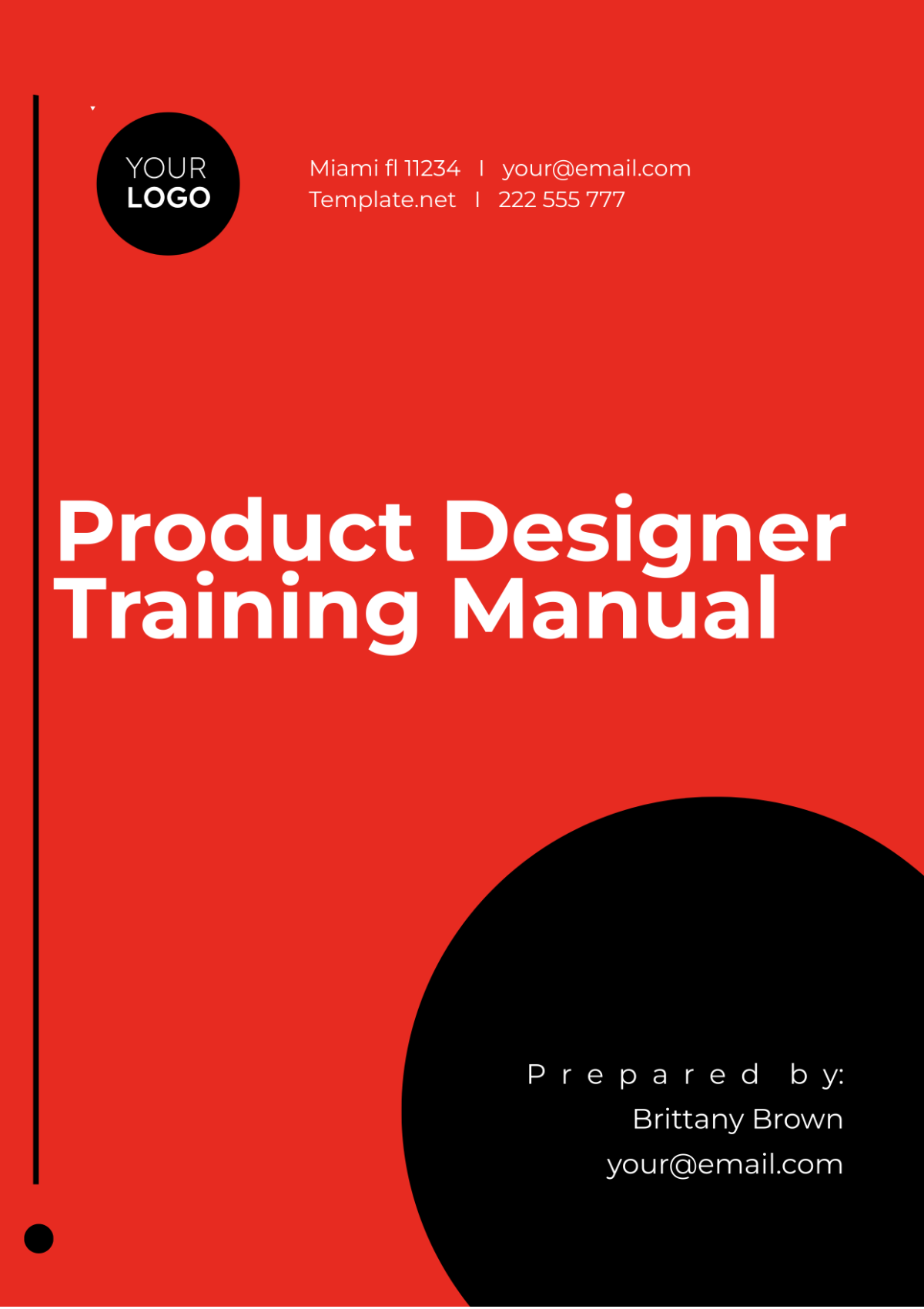
Name | Company | Department | Date |
|---|---|---|---|
[Your Name] | [Your Company Name] | [Your Department] | [Date] |
I. Introduction
The [Your Company Name] Product Designer Training Manual serves as a comprehensive guide for individuals aspiring to become proficient product designers. This manual is designed to equip trainees with the necessary skills, knowledge, and techniques to excel in the field of product design. By following the guidelines and best practices outlined in this manual, trainees will develop a solid foundation in product design principles, methodologies, and tools.
II. Understanding Product Design Fundamentals
In this section, trainees will gain a fundamental understanding of product design principles and concepts. They will learn about the importance of user-centered design, problem-solving methodologies, and design thinking processes in creating innovative and user-friendly products. Practical examples and case studies will illustrate how these principles are applied in real-world product design projects.
1. User-Centered Design Principles:
Trainees will learn the fundamental principles of user-centered design, including empathy, usability, and accessibility.
They will understand the importance of understanding user needs, preferences, and behaviors in designing products that meet user requirements and expectations.
2. Design Thinking Methodologies:
This section introduces trainees to design thinking methodologies and frameworks, such as the IDEO design process and the double diamond model.
Trainees will learn how to identify design opportunities, brainstorm creative solutions, and iterate on design concepts through prototyping and testing.
III. Product Design Process
The product design process encompasses various stages, from concept ideation to product development and testing. In this section, trainees will explore each stage of the product design process in detail, including research, ideation, prototyping, and iteration. Practical exercises and project assignments will provide hands-on experience and reinforce learning objectives.
1. Research and Discovery Phase:
Trainees will learn how to conduct user research, market analysis, and competitive benchmarking to gather insights and inform design decisions.
They will explore techniques such as user interviews, surveys, and ethnographic observation to gain a deeper understanding of user needs and preferences.
2. Ideation and Conceptualization:
This section focuses on generating and refining design concepts through brainstorming sessions, sketching, and wireframing.
Trainees will learn how to translate user insights into actionable design solutions, explore multiple design alternatives, and evaluate design concepts based on criteria such as feasibility and desirability.
IV. Design Tools and Software
Proficiency in design tools and software is essential for product designers to bring their ideas to life. In this section, trainees will be introduced to popular design tools and software applications used in the industry. Hands-on tutorials and exercises will help trainees develop proficiency in using design tools for creating prototypes, mockups, and visual designs.
1. Introduction to Design Software:
Trainees will be introduced to design software applications such as Adobe Photoshop, Illustrator, and Sketch.
They will learn how to navigate software interfaces, create vector graphics, and manipulate images to create visual designs and prototypes.
2. Prototyping and Mockup Tools:
This section covers prototyping and mockup tools such as InVision, Figma, and Adobe XD.
Trainees will learn how to create interactive prototypes, wireframes, and mockups to visualize design concepts and gather feedback from stakeholders.
V. User Experience Design
User experience (UX) design is a critical aspect of product design, focusing on enhancing user satisfaction by improving the usability, accessibility, and pleasure provided in the interaction with a product. In this section, trainees will delve into the principles and practices of UX design, including user research, information architecture, interaction design, and usability testing.
1. User Research Methods:
Trainees will explore various user research methods, such as surveys, interviews, and usability testing, to gather insights into user needs and behaviors.
They will learn how to analyze user data and translate findings into actionable design recommendations to improve the overall user experience.
2. Information Architecture:
This section introduces trainees to information architecture principles and techniques for organizing and structuring information within a product.
Trainees will learn how to create user flows, site maps, and navigation structures to enhance the usability and findability of digital products.
VI. Visual Design Principles
Visual design plays a crucial role in shaping the look and feel of products, conveying brand identity, and engaging users visually. In this section, trainees will explore fundamental visual design principles, including typography, color theory, layout design, and visual hierarchy.
1. Typography and Font Selection:
Trainees will learn how to choose appropriate typefaces, font sizes, and font weights to enhance readability and convey brand personality.
They will explore typographic principles such as hierarchy, alignment, and spacing to create visually appealing and easy-to-read text layouts.
2. Color Theory and Palette Selection:
This section covers color theory principles and techniques for creating harmonious color palettes that evoke desired emotions and associations.
Trainees will learn how to use color effectively to communicate information, create visual interest, and establish brand identity across different design elements.
VII. Prototyping and Testing
Prototyping and testing are essential stages in the product design process, enabling designers to iterate on design concepts, gather feedback, and validate solutions with users. In this section, trainees will learn how to create prototypes, conduct usability tests, and iterate on design iterations based on user feedback.
1. Prototyping Techniques:
Trainees will explore various prototyping techniques, including low-fidelity paper prototypes, interactive wireframes, and high-fidelity clickable prototypes.
They will learn how to select the appropriate prototyping method based on project goals, audience, and stage of the design process.
2. Usability Testing Methods:
This section introduces trainees to usability testing methods, such as moderated user testing, remote testing, and A/B testing.
Trainees will learn how to plan, conduct, and analyze usability tests to identify usability issues, gather qualitative feedback, and validate design decisions.
VIII. Conclusion
In conclusion, the [Your Company Name] Product Designer Training Manual provides a comprehensive overview of product design principles, methodologies, and tools to equip trainees with the necessary skills and knowledge to succeed in the field of product design. By following the guidelines and best practices outlined in this manual, trainees can develop proficiency in user-centered design, visual design, prototyping, and usability testing, enabling them to create innovative and user-friendly products that meet the needs of end-users.
- 100% Customizable, free editor
- Access 1 Million+ Templates, photo’s & graphics
- Download or share as a template
- Click and replace photos, graphics, text, backgrounds
- Resize, crop, AI write & more
- Access advanced editor
Refine your design prowess with Template.net's Product Designer Training Manual Template. Crafted for versatility, it's editable and customizable to suit your unique needs. Seamlessly modify content using our intuitive Ai Editor Tool, ensuring a tailored learning experience. Elevate your design skills with this comprehensive manual and unlock your creative potential.
